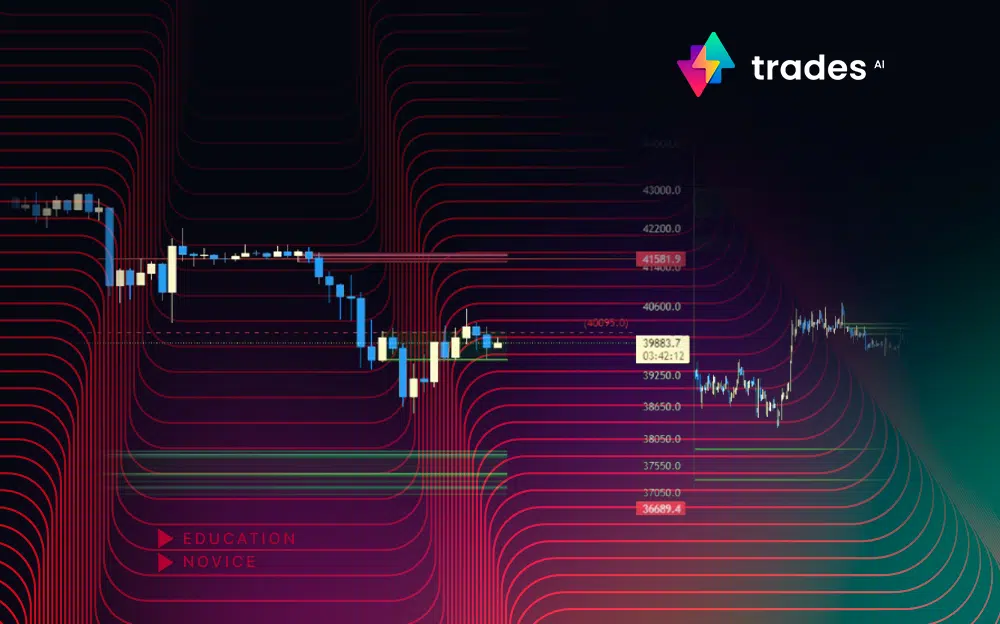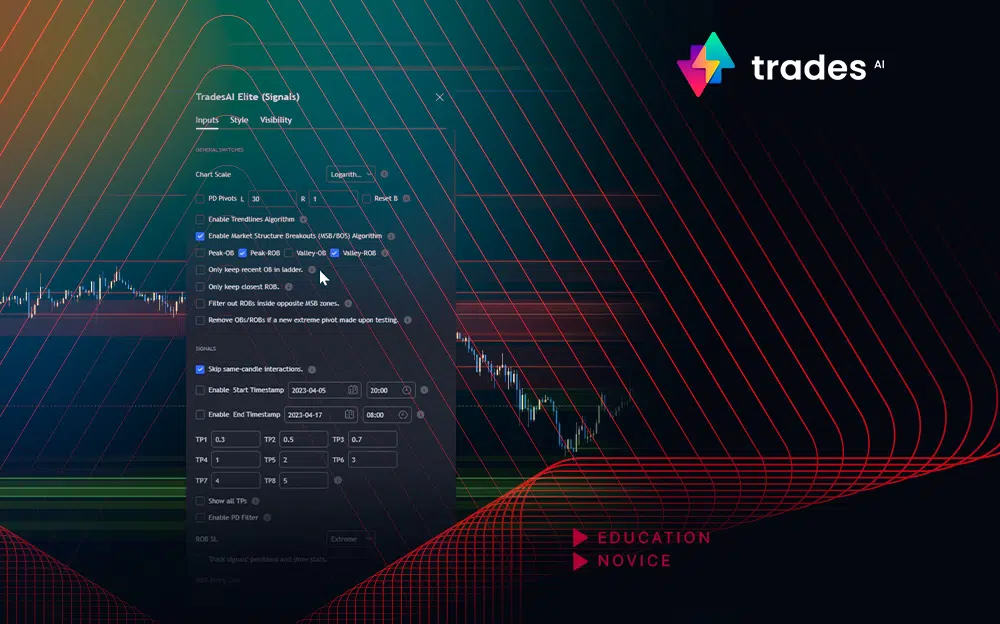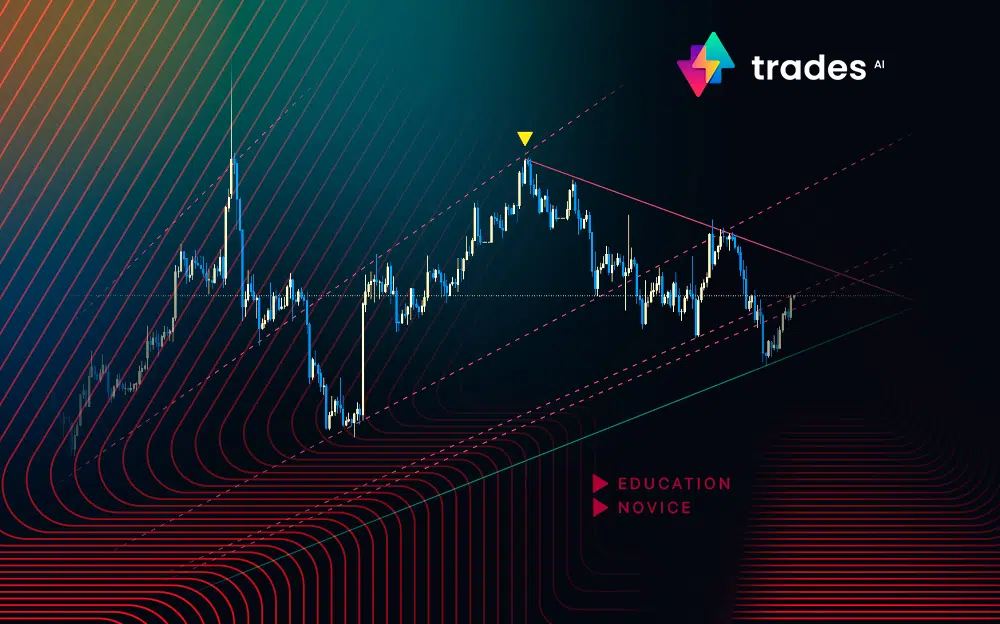
Key Takeaways:
- Selecting the right trading indicators is crucial for beginners. Choose among Moving Averages, RSI, MACD, and more.
- Trading indicators have practical applications. Learn how to spot trends and identify potential buying or selling opportunities.
Navigating the complex world of trading can be a daunting task, especially if you're new to the game. To help you start your trading journey on the right foot, this article is your comprehensive guide to the top 5 trading indicators for beginners that you should know about. We'll break down the selection process, explain how these indicators work, and how you can make the most of them. All in simple, jargon-free language.
Choosing the Right Trading Indicators for Beginners
Before diving into the specifics, let's understand the importance of choosing the right indicators as a novice trader. With numerous options available, picking the best ones can be challenging and overwhelming. But to make it simpler, we've distilled it to the top 5 essentials that any beginner should know:
-
Moving Averages:
Your first step is to get comfortable with moving averages. These indicators smooth out price data over a set period, making it easier to identify trends. For instance, a 200-day moving average can provide a snapshot of a stock, currency pair, or cryptocurrency's long-term direction.
How to read it: If a stock consistently trades above its 200-day moving average, it's often seen as a bullish sign, while trading below may indicate a bearish trend.
-
Relative Strength Index (RSI):
RSI is your tool for gauging the momentum of a price movement. It oscillates between 0 and 100, helping you spot overbought or oversold conditions.
How to read it: An RSI above 70 suggests that a stock is overbought, possibly indicating a trend reversal. Conversely, an RSI below 30 may suggest an oversold condition, presenting a potential buying opportunity.
-
MACD (Moving Average Convergence Divergence):
MACD is a versatile indicator that helps you assess trend strength and potential reversals. It's particularly useful for identifying early signals.
How to read it: When the MACD line crosses above the signal line, it can be a buy signal. Conversely, a cross below the signal line may indicate a potential sell signal.
-
Bollinger Bands:
Bollinger Bands consist of a middle band (SMA) and two outer bands that adjust with market volatility. They are ideal for spotting potential price breakouts.
How to read it: If a stock's price touches the lower Bollinger Band, it might signal a potential price increase.
-
Fibonacci Retracement:
Fibonacci Retracement uses key Fibonacci ratios to predict potential support and resistance levels in a market.
How to read it: If a stock retraces to the 61.8% Fibonacci level and starts moving upward, it could be considered a buying opportunity.
Conclusion
As a novice trader, venturing into the world of financial markets can be both thrilling and intimidating. This journey requires understanding and leveraging the right tools, and among the most critical of these are trading indicators. In this article, we've introduced you to the top 5 trading indicators that can serve as your guiding stars in this complex universe.
Choosing the right indicators as a beginner is akin to selecting the right gear for a mountain expedition. The top 5 indicators we've discussed - Moving Averages, RSI, MACD, Bollinger Bands, and Fibonacci Retracement - are your trusty companions. They provide you with the knowledge and insights needed to decipher market movements and trends. Whether you're interested in stocks, forex, cryptocurrencies, or indexes, these indicators are versatile and applicable across various trading instruments.
To get to the practical side of all we just talked about, sign up via the link here and start exploring.




